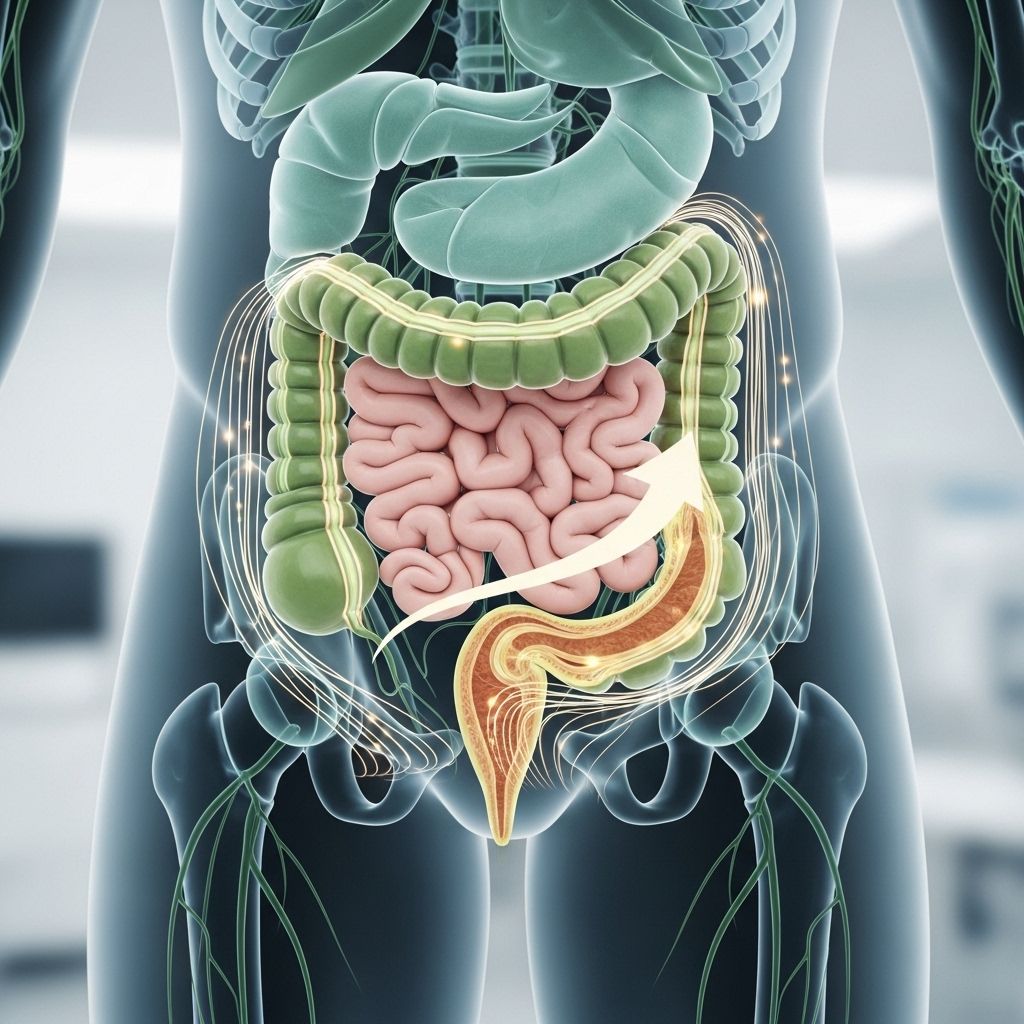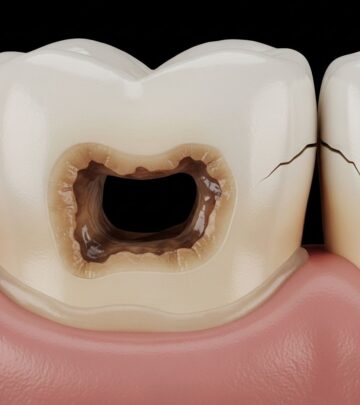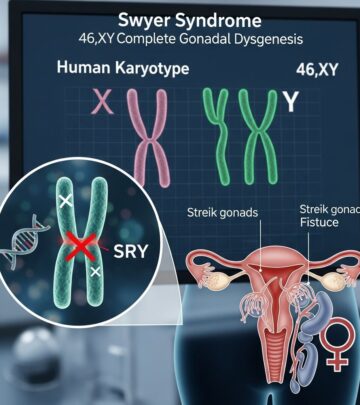Bowel Retraining: A Comprehensive Guide to Improving Bowel Function
Discover effective strategies, dietary advice, and techniques to overcome fecal incontinence and severe constipation through structured bowel retraining.

Bowel retraining is a structured approach designed to help individuals restore regular, predictable bowel movements when faced with challenges such as fecal incontinence or severe constipation. This guide explores the causes of bowel dysfunction, outlines step-by-step retraining strategies, discusses the role of diet and lifestyle, and provides practical tips for managing symptoms and improving overall quality of life.
Who May Benefit from Bowel Retraining?
Bowel retraining is primarily recommended for people experiencing:
- Fecal incontinence: Loss of control over bowel movements, which may range from occasional leakage of stool or gas to a complete inability to manage defecation.
- Severe constipation: Persistent difficulty in passing stool, often accompanied by infrequent, hard, and dry bowel movements.
Such issues may arise due to a range of underlying health problems, including:
- Brain and nerve disorders (e.g., multiple sclerosis, stroke, or Parkinson’s disease)
- Spinal cord injuries
- Previous surgeries involving the bowel or pelvic area
- Childbirth complications
- Overuse of laxatives
- Emotional factors and stress
Initial Evaluation: Preparing for a Bowel Retraining Program
Before beginning any bowel retraining regimen, a thorough physical examination is necessary to determine the underlying causes of bowel dysfunction. Your healthcare provider may also:
- Review your detailed bowel history and daily routines
- Identify and address treatable issues (e.g., fecal impaction, infectious diarrhea)
- Consider further diagnostic tests when related medical conditions are suspected
Through this process, the provider collaborates with you to establish realistic and achievable goals for bowel regularity, tailored to your lifestyle and individual needs.
Bowel Retraining: Core Steps and Techniques
Bowel retraining programs are evidence-based, stepwise plans aiming to establish predictable, manageable bowel movements. Most people notice improvement within a few weeks, although some may require adjunctive therapies. Key phases include:
1. Setting a Bowel Routine
- Try to pass stool at the same time each day. Morning, after a meal, is often most effective due to the natural increase in bowel activity after food intake.
- Use the bathroom even if there is no urge; consistency fosters regularity over time.
2. Optimizing Position and Relaxation
- Sit on the toilet or a bedside commode in a way that supports normal defecation. Raise your feet on a small stool if possible, to mimic a natural squatting position, improving rectal angle for easier passage.
- Practice deep breathing and relaxation techniques to facilitate stool passage, especially if there is anxiety around bowel movements.
3. Diet: Promoting Regular, Soft Bowel Movements
Diet plays a pivotal role in managing both constipation and fecal incontinence. The following changes are often recommended:
- Increase dietary fiber: Eat fruits, vegetables, whole grains, and legumes. Fiber helps bulk up stool and promotes regularity.
- Drink plenty of fluids: Aim for at least 6–8 cups (around 2 liters) of water a day to keep stools soft and easy to pass.
- Limit foods that can cause constipation: Avoid excessive cheese, processed foods, fried foods, and excess red meat.
- Be alert to foods causing incontinence: For some, caffeine, dairy, spicy foods, or artificial sweeteners may exacerbate symptoms.
| Food Group | Recommended Choices | To Limit or Avoid |
|---|---|---|
| Fiber | Oatmeal, psyllium, bran, beans, fresh produce | Low-fiber, highly processed items |
| Beverages | Water, herbal tea, clear soups | Sugary sodas, excessive caffeinated drinks |
| Dairy | Limited, if causing incontinence | Whole milk, rich cheeses |
| Special Notes | Adjust based on individual tolerance and symptoms | Monitor reactions to trigger foods |
4. Physical Activity
- Aim for regular physical exercise, such as walking, stretching, or swimming. Activity stimulates healthy bowel function.
- Even gentle daily movement can help prevent constipation linked to inactivity.
5. Behavioral Techniques
- Kegel exercises: Strengthen the pelvic floor muscles, enhancing bowel continence and control.
- Biofeedback therapy: Utilizes sensors and professional guidance to retrain the muscles involved in bowel movements. Effectively teaches relaxation and coordination of pelvic muscles.
- Maintain a bowel diary: Track times of stool passage, dietary intake, symptoms, and potential triggers. This assists in identifying patterns and measuring progress.
6. Use of Laxatives and Fiber Supplements
In some cases, especially when dietary changes alone are insufficient, your healthcare provider may recommend:
- Fiber supplements (psyllium, methylcellulose, wheat dextrin) to increase stool bulk.
- Laxatives for short-term use. Types may include:
- Bulk-forming agents (e.g., psyllium, polycarbophil)
- Osmotic agents (e.g., polyethylene glycol, lactulose)
- Stool softeners (e.g., docusate sodium)
- Stimulant laxatives (e.g., senna, bisacodyl) — used with caution
Never begin long-term laxative use without medical advice. Overuse can worsen bowel problems over time and may lead to dependence or electrolyte imbalances.
Special Considerations for Certain Patient Groups
Some individuals require tailored retraining plans, particularly if they have complex health backgrounds, such as:
- Neurological conditions (e.g., Parkinson’s disease, multiple sclerosis, spinal cord injuries)
- Post-surgical patients
- Women after complicated childbirth
- Older adults or those with limited mobility
It’s essential to consider the impact of medications, reduced mobility, or other chronic conditions, and adapt bowel retraining programs accordingly.
When to Seek Medical Attention
- If you experience no bowel movement for three days despite efforts, coupled with symptoms like intense abdominal pain, nausea, or severe bloating.
- Sudden changes in bowel habits, unexplained weight loss, or passage of blood in stool.
Your healthcare provider may collaborate with specialists—such as gastroenterologists, neurologists, or dietitians—to evaluate and treat more complex bowel issues.
Lifestyle and Self-Management Tips for Success
Managing bowel control issues is a multifactorial process. Follow these best practices to maximize success with bowel retraining:
- Establish and maintain a daily routine.
- Select a comfortable, private, and accessible bathroom location at home.
- Wear clothing that is easy to remove quickly in the event of urgency.
- Keep cleansing materials, protective undergarments, and topical creams on hand for hygiene and skin protection if incontinence is a concern.
Managing Emotional and Social Impacts
- Understand that fecal incontinence and chronic constipation can affect emotional well-being.
- Seek support from healthcare providers or professional counselors for coping strategies.
- Consider joining peer support groups for people with similar experiences.
Frequently Asked Questions (FAQs)
Q: How long does it take for bowel retraining to show results?
A: Many people notice improvements within a few weeks of starting a bowel retraining program. Consistency and commitment are key; some may require longer, especially if underlying neurological or structural problems exist.
Q: Should I use enemas as part of bowel retraining?
A: Enemas are not routinely recommended for ongoing bowel retraining, as regular use may lead to dependency and can irritate the bowel lining. They may be prescribed in specific cases and only under medical supervision.
Q: Are there risks to long-term laxative use?
A: Yes. Prolonged use of certain laxatives can cause dependency, electrolyte imbalances, and worsen bowel function. Always use these medications as directed by a healthcare provider.
Q: Do I need to avoid certain foods if I have fecal incontinence?
A: Some people may find that spicy foods, caffeine, dairy, or artificial sweeteners increase their symptoms. Keeping a food and symptom diary can help identify personal triggers.
Q: How can I strengthen my pelvic floor muscles?
A: Kegel exercises—repeatedly tightening and relaxing the muscles used to control urination—can enhance bowel continence. Biofeedback therapy guided by a trained specialist may help teach correct technique and improve results.
Resources for Further Information
- Speak to your primary care provider, gastroenterologist, or physical therapist for personalized bowel retraining guidance.
- Consider dietary consultation to optimize your nutrition and fiber intake.
- Contact national organizations specializing in bowel health or incontinence support for education and peer resources.
With a dedicated and structured approach, most individuals can regain predictable bowel control and greatly improve their quality of life. Bowel retraining is a journey, but with the right tools, support, and guidance, meaningful progress is possible for nearly everyone.
Read full bio of medha deb












